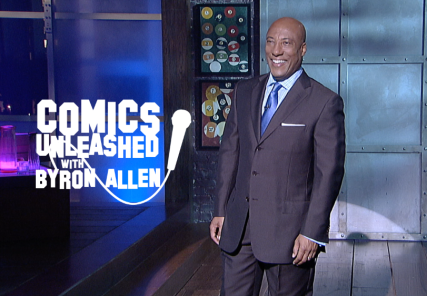Poverty rate for Black people dropped to lowest on record, census shows
The poverty rate for Black Americans in 2022 reached record lows of 17.1%, still higher than the national rate of 11.5%.
Child poverty in the United States more than doubled and median household income declined last year when coronavirus pandemic-era government benefits expired and inflation kept rising, according to figures released Tuesday by the U.S. Census Bureau.
At the same time, the official poverty rate for Black Americans dropped to its lowest level on record, and income inequality declined for the first time since 2007, when looking at pre-tax income, due to income declines in the middle and top income brackets.

However, income inequality increased when using after-tax income, another result of the end of pandemic-era tax credits, according to Census Bureau reports on income, poverty and health insurance.
The reports reflected the sometimes-conflicting factors last year buffeting U.S. households. Workers faced a robust jobs market, with the number of full-time employees increasing year over year, the share of women working full time year-round reaching an all-time high and an increase in income for households run by someone with no high school diploma. But they also faced rising inflation and the end of pandemic-era stimulus benefits.
In response to the COVID-19 pandemic, which started in 2020, the federal government expanded the child tax credit and sent payments to people who had suffered from the pandemic, lowering poverty measures in 2021. The expansion of the child tax credit expired at the end of 2021, and other pandemic-related benefits have expired within the past year.
As a result, the supplemental poverty measure rate for children jumped 7.2 percentage points to 12.4% in 2022, according to the Census Bureau.
“This represents a return to child poverty levels prior to the pandemic,” Liana Fox, an assistant division chief at the Census Bureau, said during a news conference. “We did see the child tax credit had a substantial decrease in child poverty.”
In a statement, President Joe Biden blamed congressional Republicans for failing to extend the enhanced child tax credit and vowed to restore it.
“The rise reported today in child poverty is no accident,” said Biden, a Democrat.
Opponents objected to extending the credit out of concern that the money would discourage people from working and that any additional federal spending would fuel inflation, which climbed to a 40-year high.
Before the pandemic, the Rev. Mary Downey would received from 400 to 600 calls a month from people seeking assistance from the center that she operates for homeless people and those living in poverty in Osceola County, Florida. She is now receiving 1,800 calls a month.
The expiration of the child tax credit expansion has been “devastating” to the people she serves in metro Orlando, and addressing poverty should be a bipartisan issue, she said.
“There is no surprise here. The bigger question is, ‘What we are going to do?'” said Downey, CEO of Hope Partnership. “Hungry babies deserve to be fed and have roofs over their heads.”
The median household income in 2022 was $74,580, a decline of 2.3% from 2021, and about 4.7% lower than in 2019 before the pandemic’s start. Asian Americans had the highest median household income, at almost $109,000, while Black Americans had the lowest, at about $53,000. Regionally, it was highest in the West, at almost $83,000, followed by the Northeast at more than $80,000, the Midwest at more than $73,000 and the South at more than $68,000.
The official poverty rate in 2022 was 11.5%, not statistically different from 2021, and for Black Americans it was 17.1%, the lowest on record. The supplemental poverty measure was 12.4%, an increase of 4.6 percentage points from 2021.
The U.S. Census Bureau releases two poverty measures. The official poverty measure is based on cash resources. The supplemental poverty measure includes both cash and noncash benefits and subtracts necessary expenses such as taxes and medical expenses.
The rate of people lacking health insurance dropped almost half a percentage point to 7.9%, driven by workers’ getting health insurance and growth in the rate of people receiving Medicare due to an increase in the number of people aged 65 or older in the U.S. It declined for people in all age groups except those who were age 18 or younger, though that gain for children wasn’t statistically significant, according to the Census Bureau.
The uninsured rate of children who were foreign born was more than 20%, and it was almost 25% for children who weren’t citizens.
Anti-poverty experts worry the poverty rate will only get worse without a long-term, systemic solution, as the pullback from the pandemic-era benefits has coincided with housing cost increases, jumps in homelessness and a rising cost of living.
“We know better, and we should do better. To see the increase in poverty, particularly for children, is very worrisome,” said Kim Janey, a former mayor of Boston who now heads an anti-poverty nonprofit. “If we want to be a country where the American dream is within reach, then we have to invest in our children and try to eradicate poverty in our nation.”
TheGrio is FREE on your TV via Apple TV, Amazon Fire, Roku, and Android TV. Please download theGrio mobile apps today!



